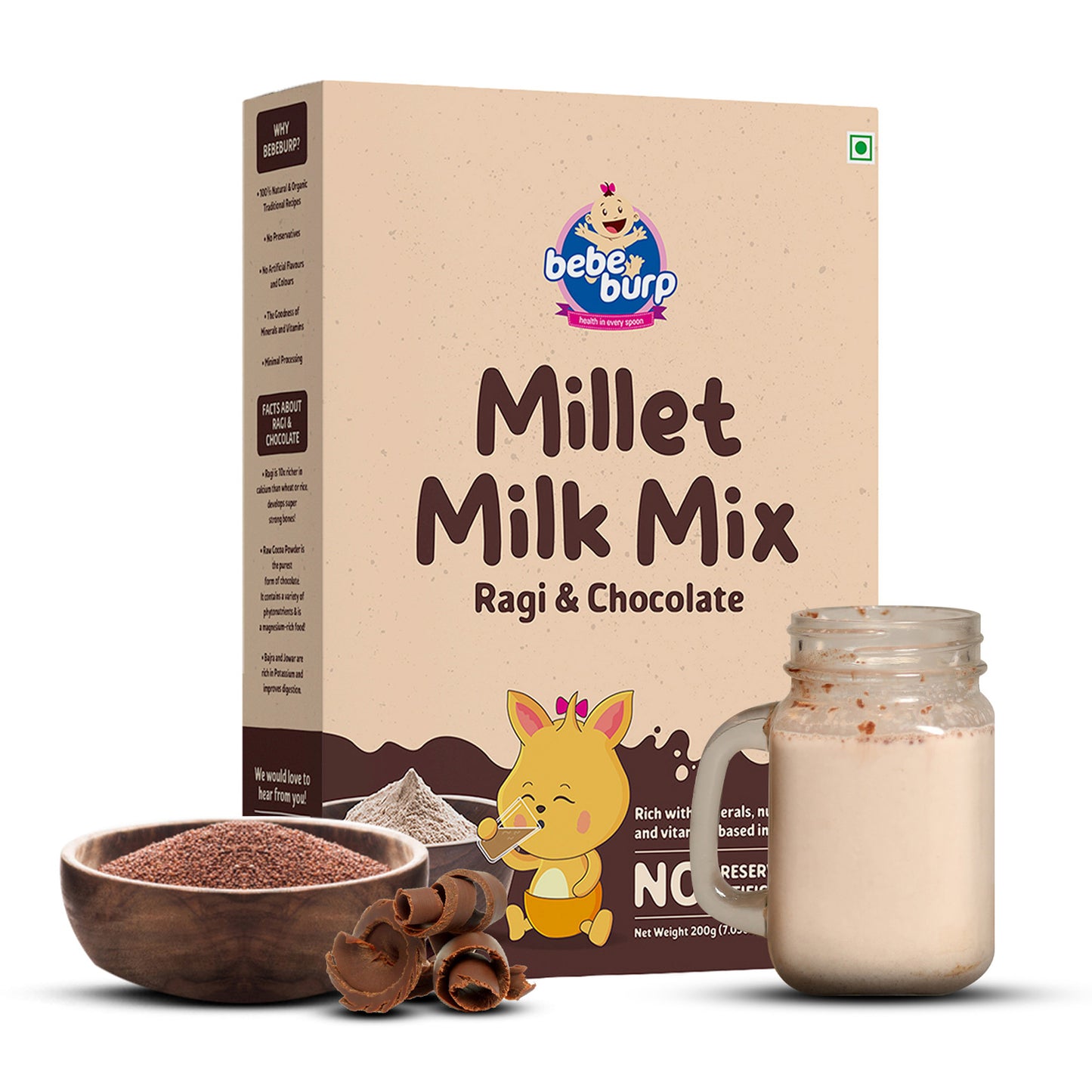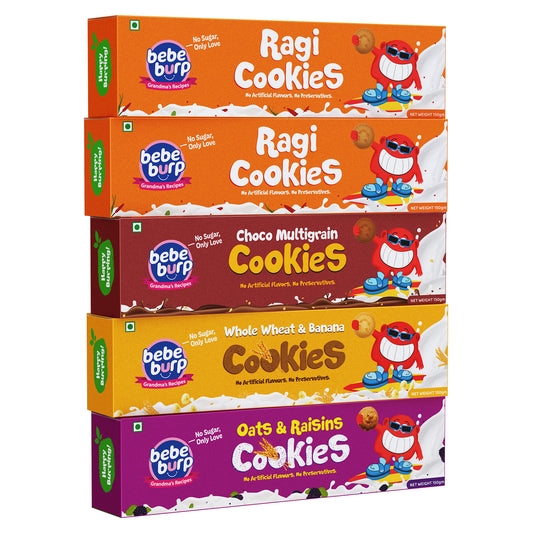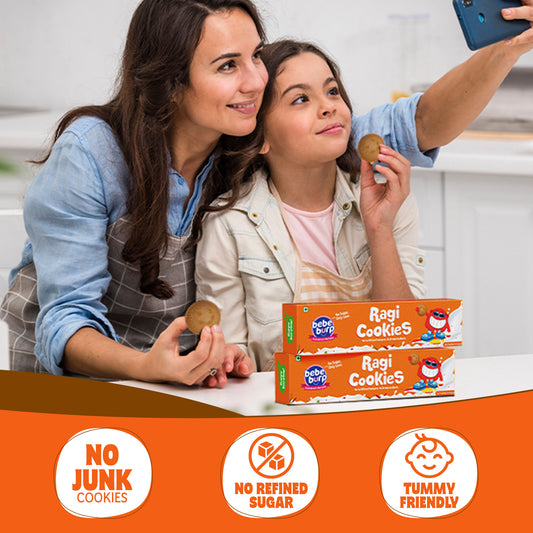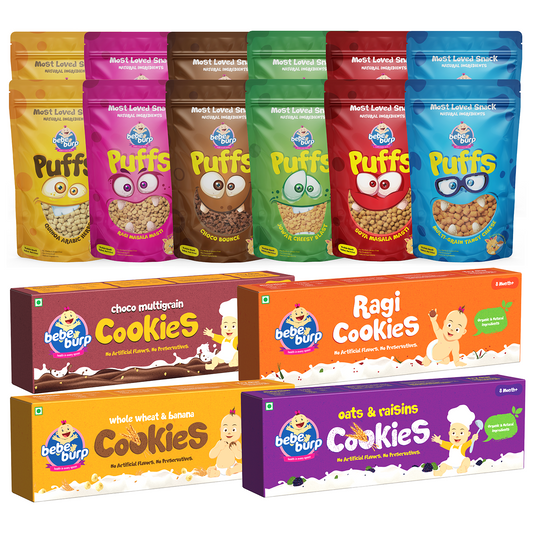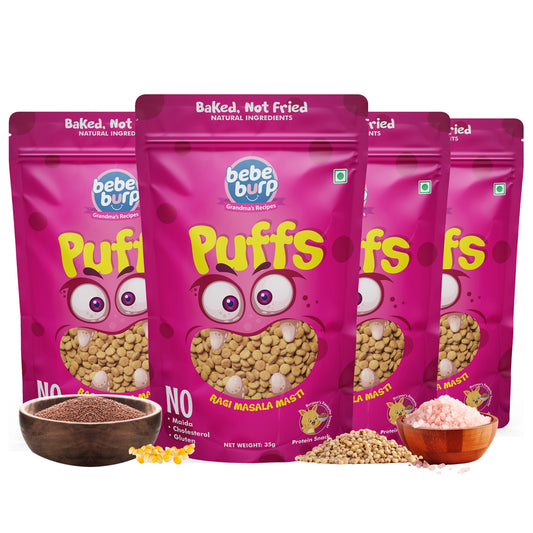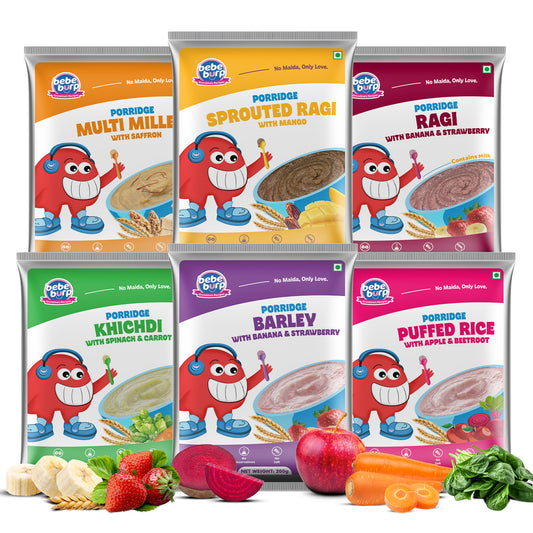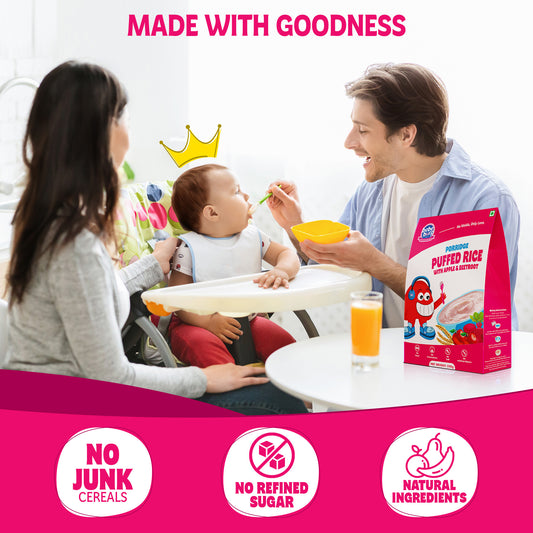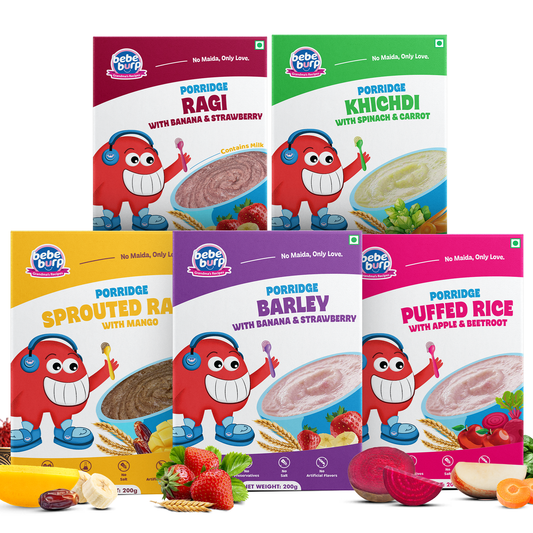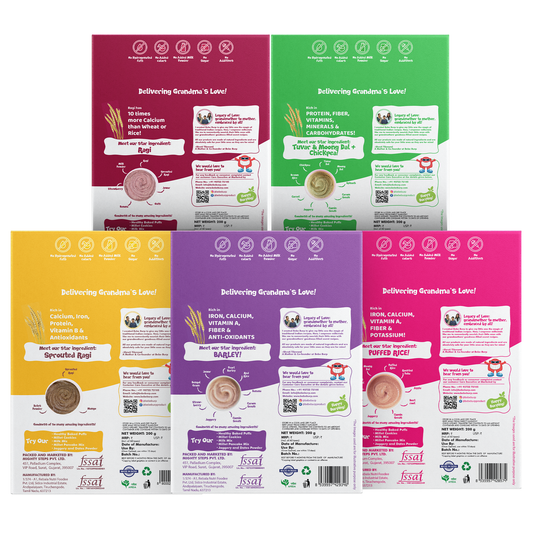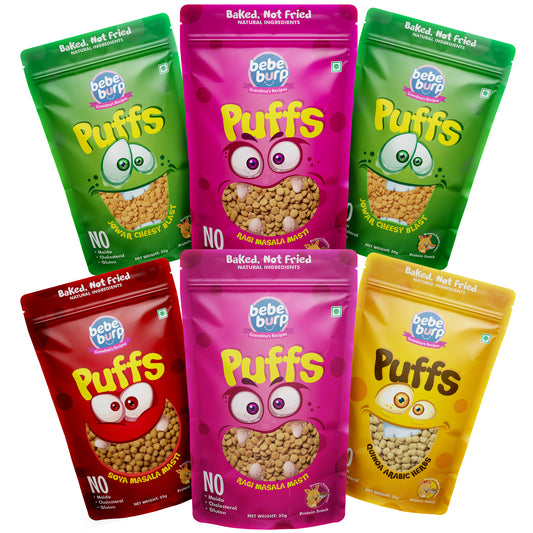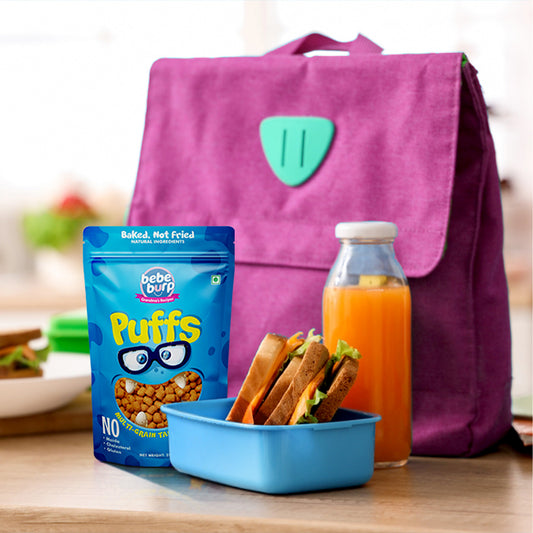Let’s talk about Peas for Babies! Many kids and parents love peas because they are bright green and taste soft and sweet.
They are simple to make, full of good things for you, and great for trying new foods when you are young. In addition, they're cute.
When Can Babies Eat Peas? Age Guidelines

Once a baby is about 6 months old and has started eating, peas are a good food for them. Here is the breakdown by age
- 6 to 8 months: Make sure there are no lumps in the pea puree so it is safe to swallow.
- 8–10 months: Lightly mash cooked peas to get used to the taste.
- 10 months or older: Give squished, soft peas as a finger food to help them get better at using their hand grasp.
How to know if your baby is ready: If they can sit up with a little help, show interest in their food, and give up the "tongue-pushing" motion that pulls the food out, these are all signs.
If they keep picking at things from your plate at dinner, it's likely because they want to know what you're eating!
Are Peas Good for Babies? Nutritional Powerhouse
Oh yes, they are! Peas may be tiny, but they come with a full-blown cape of nutrition. Here's why they're a baby superfood:
|
Nutrient |
Amount (per 100g cooked) |
Benefits for Baby |
Why It Matters for Your Baby |
|
Protein |
5g |
• Helps baby grow strong • Builds muscles • Repairs cells |
Most needed during rapid growth (6–12 months) |
|
Fiber |
4g |
• Keeps digestion smooth • Prevents constipation • Supports gut health |
Super important when starting solids |
|
Vitamin C |
40mg |
• Boosts immunity • Helps absorb iron • Heals tissues |
Great for formula-fed babies and cold season |
|
Vitamin A |
765 IU |
• Develops healthy vision • Keeps skin happy • Strengthens immunity |
Vision develops fast in the first year |
|
Iron |
1.5mg |
• Fuels brain growth • Prevents anemia • Transports oxygen |
Baby’s iron from birth runs low around 6 months |
|
Zinc |
1.2mg |
• Keeps immunity strong • Helps taste buds • Heals little boo-boos |
Encourages baby to enjoy new flavors |
|
Magnesium |
33mg |
• Supports muscle strength • Builds strong bones |
Helps when baby starts moving around |
Parents, keep in mind that even though peas are very healthy, variety is still important for your baby's food.
To get a wide range of nutrients, eat peas with other colourful fruits and veggies every so often.
How to Prepare Peas for Babies (Safety Tips)

Keep your kids safe, parents! How to get these green treats ready for your child to eat:
1. Always cook something all the way through: Peas, whether they are fresh, frozen, or canned, need to be cooked until they are soft enough to squish between your fingers.
2. Pick the right colour based on your age:
- For babies 6 months or younger: blend peas with a little water, breast milk, or formula until they are completely smooth.
- Babies 8 to 10 months old should mash cooked peas with a fork to add more crunch.
- For kids older than 10 months: Squish whole cooked peas a little to keep them from choking.
3. Consider removing skins: If the baby is younger than 8 months, you can push puréed peas through a fine mesh screen to get rid of the skins, which can be hard for new eaters.
4. Do not add salt or sugar: The baby's kidneys are not ready for extra salt, and we do not want to give them a sweet tooth too soon.
5. Test temperature: Don't serve food until you've checked its temperature. For example, peas should be warm or at room temperature, never hot.
As a safety reminder, you should always watch your baby while they eat, even if the food is properly made.
People think that peas are not very likely to cause choking, but babies younger than 12 months should never eat whole peas.
Simple Pea Recipes for Babies
Must Try Millet Milk Mix
Our millet milk mix with ragi, rice, jowar, and bajra supports growth, strong bones, and brain health. Packed with 6g protein, DHA, and sweetened with jaggery—no sugar.
Keep it quick, healthy, and delicious! Here are 5 baby-friendly recipes to try:
1. Pea Pure

For 6+ months
-
Boil or steam 1 cup of peas
-
Blend with a little water or breast milk
-
Optional: Strain for smoother texture
2. Pea & Potato Mash

For 7+ months
-
Boil peas and a small potato
-
Mash together with a drizzle of ghee
3. Peas & Rice Khichdi

For 8+ months
-
Cook 2 tbsp rice with peas and moong dal
-
Add cumin powder and mash well
4. Pea Pancakes

For toddlers
-
Mix mashed peas, rice flour, and a little curd
-
Cook like mini pancakes on a non-stick pan
5. Cheesy Pea Pasta

For 12+ months
-
Boil small pasta shapes
-
Add mashed peas and a sprinkle of cheese
- Stir until melty and yummy
Creative Ways to Make Babies Love Peas

Hey, some kids don't like green vegetables at first. No problem! Here are quick tips to help your little one learn to love peas in no time. Promise—it’s easier than you think!
Delicious tastes: Mix peas with naturally sweet ingredients like carrots, sweet potatoes (small pods work well, too), or small pieces of sweet fruits such as apples or pears.
This helps gradually get them used to the flavor of peas in a gentle, enjoyable way.
Make it creamy: You can add a small amount of regular yogurt, avocado or even breast milk/formula to the mix for a smoother texture.
Make meals fun: Use bright bowls, plates shaped like faces, or spoons with silly shapes to make your child’s mealtime enjoyable and playful.
Explore textures: Older babies and toddlers can experience the texture of cold cooked peas by touch but do not expect eating just yet.
Green smoothies: Toddlers enjoy mixing peas with banana, mango, and even adding a little milk to make it creamier!
Lead by example: Show your little one that peas are yummy and healthy! Babies are little mimics and are more likely to try the foods that they see you enjoying while eating.
Pea-ka-boo: Hide peas in your child’s favorite foods and play a game of finding the peas with your kids.
Are Peas Safe? Allergy Risks & Precautions

Good news! Peas have a low allergy risk, but it’s still important to follow safety precautions.
Allergy awareness:
- 3-day rule: Give peas to your baby for the first 3 days to easily notice any reaction.
- Check for signs of an allergic reaction such as rash, hives. bad gas, vomiting, or diarrhea.
- Peas are legumes (if your baby has allergies to nuts, peanuts, or soybeans) Ask paediatricians first since your baby is a member of the legume family.
Choking prevention:
- Cook until soft: Even for babies 0-12 months, always cook peas and flatten them a little.
- Frozen peas that are thawed and then cooked are perfectly fine, but never give them frozen peas.
- Always remember to watch your baby during meals — even with foods that seem safe, there’s always a small choking risk.
Quality considerations:
- Use organic peas if you want to lessen exposure to pesticides.
- Freezing may even enhance the nutrients in peas since the peas have been picked days before and may even store better for freezing.
- If you opt for canned peas, go for the low or no-salt-added kind, then give them a good rinse before cooking.
When in doubt about any new food, your pediatrician is always your best resource!
FAQs
1. Why are peas good for babies?
Ans: Peas are packed with vitamins, fiber, and protein! They’re gentle on tiny tummies and help babies learn to love veggies early. Plus, their sweet taste makes them a win-win!
2. When can I start feeding my baby peas?
Ans: Around 6 months is perfect! Start with soft, mashed peas mixed into purees. As they grow, you can offer them mashed, chopped, or even whole (if they’re chewing well).
3. How do I prepare peas for a baby?
Ans: Steam them until super soft, then mash with a fork or blend into a smooth puree. Add a tiny bit of breast milk or formula to thin it out if needed. No fancy tools are required!
4. Can peas cause allergies?
Ans: Phew—peas are low-allergen! Just watch for any tummy trouble or rashes the first few times, like with any new food. Most babies sail through with zero issues.
5. What fun ways can I serve peas?
Ans: Mix them into oatmeal, blend them into smoothies, or pair them with avocado or sweet potato. Older babies love peas as finger food! They’re like tiny, bite-sized snacks.
Conclusion
Even though peas are small. Your little one's plate will love you for it.
Peas are so flexible — whether you are just starting solids or you have a picky toddler at the table, there are so many ways to serve these little green peas.
And hey — a green one mess at least for the adventure of a baby's life.
Exploring new foods is a milestone worth celebrating. Every baby’s tastebuds (and timeline) are different, and that’s perfectly okay.
Looking for ready-made options packed with the goodness of peas and other superfoods? Check out BebeBurp wholesome baby food — made with love, by parents, for parents.
Because healthy eating should start with a smile (and maybe a few squished peas too!).


